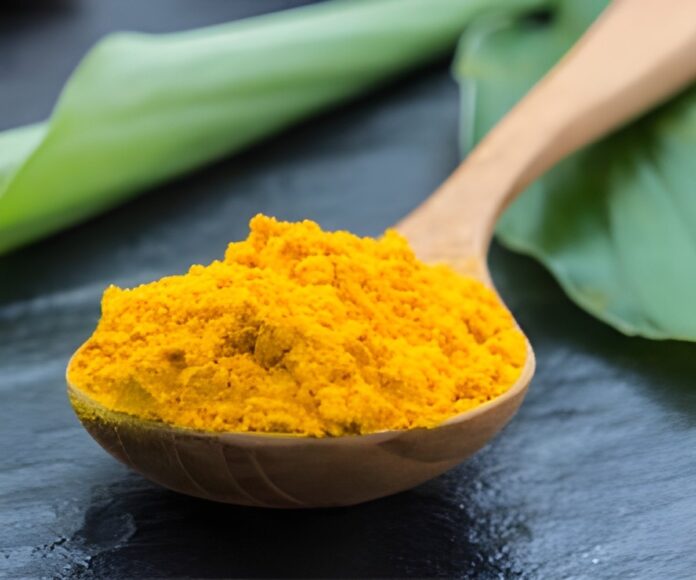Curcumin fights antibiotic resistance by enhancing drug efficacy and inhibiting bacterial survival mechanisms.
In 2017, a Nevada woman died from a superbug resistant to 26 antibiotics, highlighting a global health threat. Texas A&M researchers found curcumin may help fight antibiotic resistance.
()
The researchers showed that when curcumin is intentionally given to bacteria as food and then activated by light, it can trigger deleterious reactions within these microbes, eventually killing them. This process, they demonstrated, reduces the number of antibiotic-resistant strains and renders conventional antibiotics effective again.
The results of the study are published in the journal Scientific Reports.
The Rise of Superbugs: A Threat to Modern Medicine
Before antibiotics, infectious diseases were the leading cause of death and disability around the world. With the advent of these life-saving medications, the human lifespan has increased by 23 years on average. In the last several decades, while the discovery of novel antibiotics has plateaued, antibiotic resistant bacteria have simultaneously become more common, ushering in the era of superbugs, such as methicillin-resistant Staphylococcus aureus (MRSA), vancomycin-resistant enterococcus, and pneumonia, which are all extremely hard to treat. In fact, infectious diseases are projected to be the main causes of human mortality once again, claiming up to 10 million lives annually.
“When bacteria start becoming resistant to conventional antibiotics, we have what we call an antibiotic catastrophe,” said Dr. Vanderlei Bagnato, professor in the Department of Biomedical Engineering and senior author on the study. “To overcome this challenge, we need alternative ways to either kill the superbugs or find a novel way to modify natural processes within the bacteria so that antibiotics start to act again.”
Bacteria display natural variation within a given population. This heterogeneity introduces variations in cell behaviors, including response to antibiotics, which can directly contribute to treatment resistance if some strains survive antimicrobial medication and continue replicating. Thus, the researchers wanted to curb bacterial heterogeneity to control bacterial resistance.
Photodynamic inactivation, a technique that has shown promise in combating bacterial resistance, uses light and light-sensitive molecules, called photosensitizers, to produce reactive oxygen species that can kill microorganisms by disrupting their metabolic processes. In their experiments, the team used curcumin, which is also a natural food for bacteria. They tested this technique on strains of Staphylococcus aureus that are resistant to amoxicillin, erythromycin, and gentamicin.
Advertisement
The researchers exposed the bacteria to many cycles of light exposure and then compared the minimum concentration of antibiotics needed to kill the bacteria after light exposure versus those that did not get light exposure.
“When we have a mixed population of bacteria where some are resistant, we can use photodynamic inactivation to narrow the bacterial distribution, leaving behind strains that are more or less similar in their response to antibiotics,” said Bagnato. “It’s much easier now to predict the precise antibiotic dose needed to remove the infection.”
Advertisement
“Photodynamic inactivation offers a cost-effective treatment option, which is crucial for reducing medical expenses not only in developing countries but also in the United States,” said Dr. Vladislav Yakovlev, professor in the Department of Biomedical Engineering and author on the study. “It also has potential applications in military medicine, where this technology could be used to treat battlefield wounds and prevent the development and spread of antimicrobial resistance, a significant concern in combat situations.”
Contributors to the research include Dr. Jennifer Soares, who is the primary author on the paper, and Dr. Kate Blanco from Institute of Physics of São Carlos, University of São Paulo, Brazil.
This research was financially supported by São Paulo Research Foundation, National Council for Scientific and Technological Development, Cancer Prevention and Research Institute of Texas, Governor’s University Research Initiative, the Air Force Office of Scientific Research, and the National Institutes of Health.
Reference:
- Photodynamic inactivation and its effects on the heterogeneity of bacterial resistance – (https://www.nature.com/articles/s41598-024-79743-y)
Source-Eurekalert


